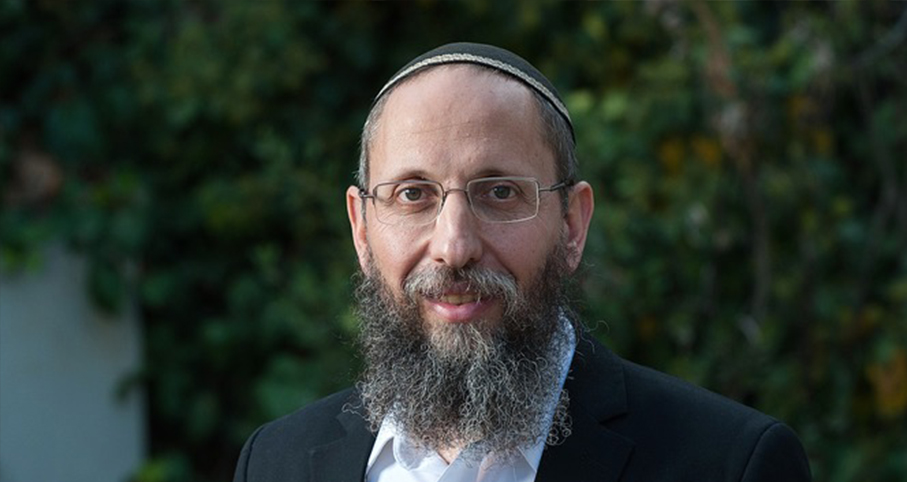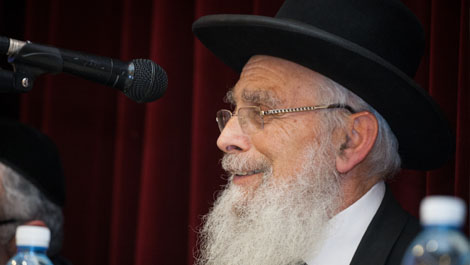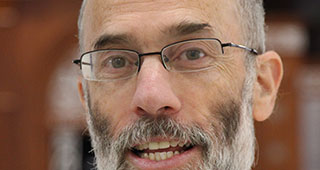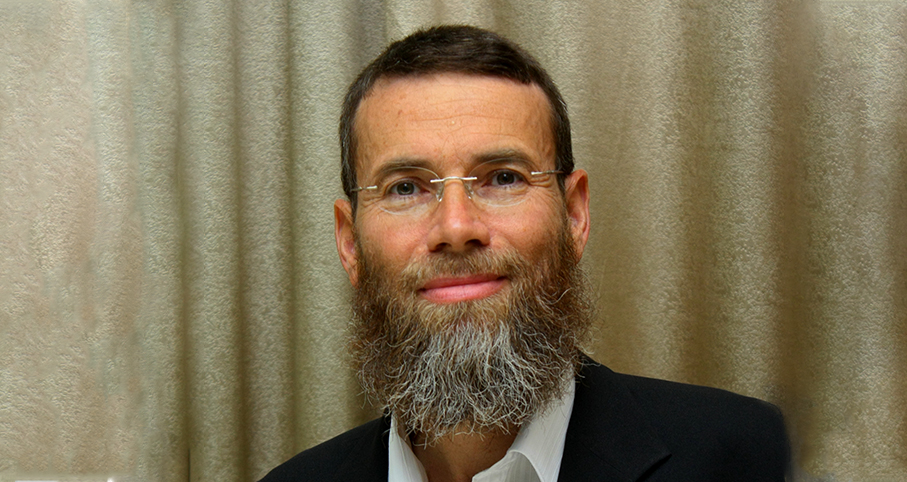Beit Midrash
- Sections
- Chemdat Yamim
- Parashat Hashavua
- Torah Portion and Tanach
- Shmot
- Yitro
In our days, censuses include all citizens – men, women, and children. However, in the Torah, the count is only of adult men, from the age of twenty and above. In Parashat Ki Tisa, where the proper way to count is spelled out (Shemot 30:12-14), the process to be taken refers to those who "pass through the system of counting, from the age of twenty and above." It does not say there why this gender/age was important.
In Parashat Bamidbar (Bamidbar 1:1-3), in the context of a counting which Hashem asked for, a reason is alluded to. It says: "From twenty years and above, all those who go out to the army, should be counted …" In the second counting in Sefer Bamidbar (ibid. 26:4), again the cut-off point is twenty years old. Even later in the sefer (31:48), there is a report brought to Moshe that after the battle against Midian, there was a count of all of the participants in the battle, and no one was found missing.
The next counting was done by Yehoshua, again, as they were preparing to go to battle (Yehoshua 8:10-11). At the end of Sefer Shoftim, there is a count of the members of the Tribe of Binyamin, as they gathered to fight the other tribes. Shaul, as he prepared to go to war to save the people of Yavesh Gilad, "counted the people in Bezek, and Bnei Yisrael were 300,000 and the men of Yehuda were 30,000." Shaul counted the people again in Telaim, and found 200,000 along with 10,000 from Yehuda.
Further censuses were held at the time of Achav and his son, Yehoram (Melachim I, 20:14-15; Melachim II, 3:6-7). Here too the context was military (see Tzofnat Yeshayahu, p. 148).
Based on the above, it is not surprising that the ill-fated census done by David was carried out by his chief of staff and some of his officers. There too, it says that Yoav found "800,000 men holding swords" (Shmuel II, 24:9). Thus, we see that the reason for counting in the times of Tanach was to see how many soldiers the people had access to.
Next week we will explain what caused David to count the people and what caused him to have the people punished with a plague. May the People of Israel always measure things with a stress on the quality, not the quantity.

Why Do Children Start With Vayikra?
Rabbi Shaul Yisraeli zt"l | 5771

The Torah Connection
Various Rabbis | 5 Adar I 5768

Parashat Hashavua: What’s in the Name of Noach?
Rabbi Yossef Carmel | Cheshvan 5786





















